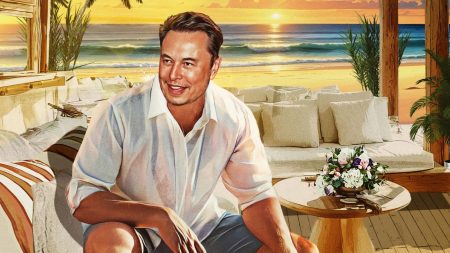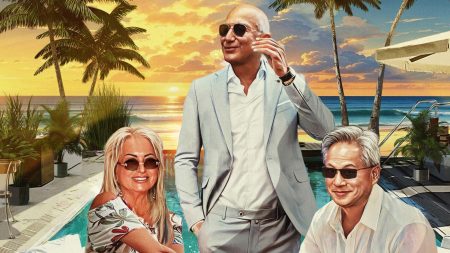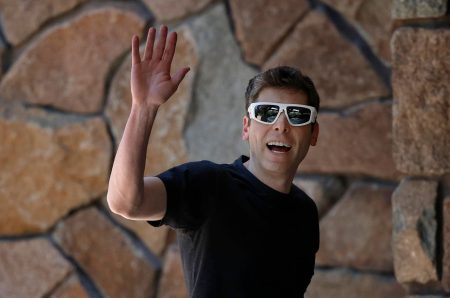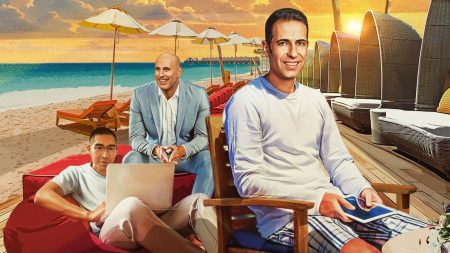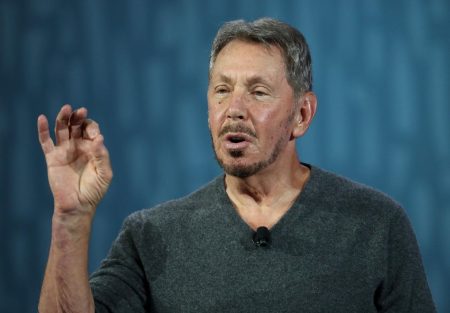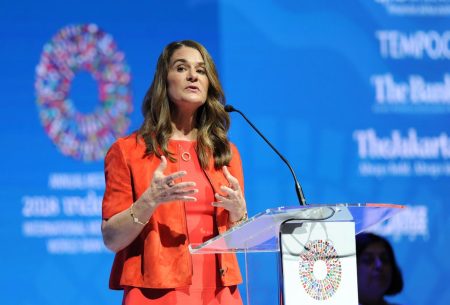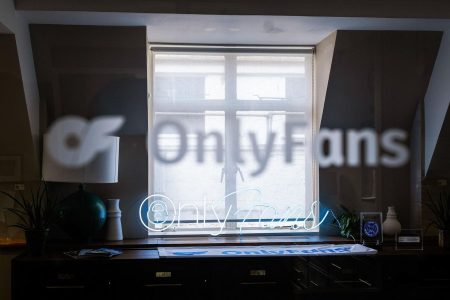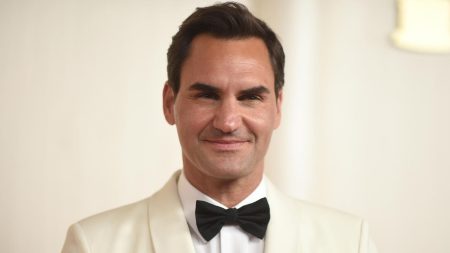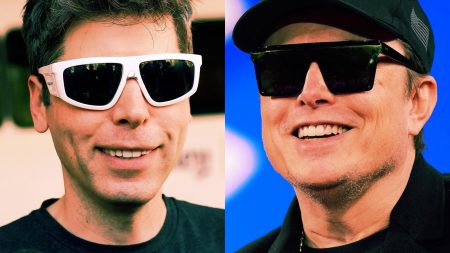In recent years, rumors have circulated about the source of funding for Donald Trump’s golf empire, with speculation about possible money laundering swirling around his business ventures. Journalists and investigators have been trying to uncover the truth behind the hundreds of millions of dollars Trump has spent on golf properties without finding a clear answer. However, after conducting its own investigation, Forbes believes it has solved the mystery of where the money for Trump’s golf business came from.
According to Forbes, a significant portion of the financing for Trump’s golf properties – around $250 million – came from initiation deposits paid by members of Trump’s private clubs. These deposits, which could theoretically be refunded after 30 years, provided Trump with a substantial amount of cash without the need for interest payments or mortgage filings. In addition to member funds, Trump received over $450 million from various windfalls, including loan repayments, tax refunds, and property refinancings, which brought in large amounts of cash with little scrutiny.
Despite not securing additional financing from his usual lender, Deutsche Bank, Trump decided to use almost all of his personal funds to remodel his European golf resorts and support his presidential campaign. This risky move depleted Trump’s liquidity to the point where he reportedly had to secure an emergency loan after the 2016 election. Despite these financial challenges, Trump’s golf and club portfolio has become the fastest-growing part of his real estate empire, now valued at approximately $1 billion.
Trump’s golf empire began with the conversion of Mar-a-Lago into a private club in 1995, followed by the establishment of the Trump International Golf Club in 1999 and the acquisition of properties in Westchester County and Bedminster, New Jersey. His expansion continued with the purchase of a golf course in Colts Neck, New Jersey, and three other properties in 2009, despite the economic downturn caused by the bankruptcy of Lehman Brothers. Over the years, Trump accumulated membership liabilities from these clubs, but his ability to postpone repayment helped him weather financial setbacks.
One of the most significant financial moves Trump made was the purchase of Trump National Doral in Miami in 2012, borrowing $125 million from Deutsche Bank. Subsequent cash inflows from other parts of his empire allowed Trump to continue expanding his golf business, including acquiring Scotland’s Turnberry and properties in Doonbeg, Ireland. While the specific sources of funding for these investments remain unclear, Trump’s willingness to invest his own money into these ventures helped solidify his position in the golf industry.
As Trump’s golf business grew, concerns about funding sources mounted, especially after his presidential campaign and election. The decision to settle fraud litigation involving Trump University and the need for liquidity prompted Trump to seek a short-term loan from Ladder Capital, further raising questions about his financial stability. However, the restructuring and selling off of real estate assets by his children, Eric and Don Jr., helped stabilize the Trump Organization’s finances, leading to improved business performance in recent years despite ongoing scrutiny of its funding sources.
Overall, Trump’s financing techniques may have initially raised suspicions, but they ultimately left him with minimal financial risk in his golf business. The successful operation of his clubs, combined with gradual refunds of member deposits, has ensured that Trump’s golf empire remains a lucrative segment of his real estate portfolio. As Trump’s presidential aspirations continue to generate scrutiny of his financial dealings, his golf business appears to be the least likely segment requiring external financial support.





